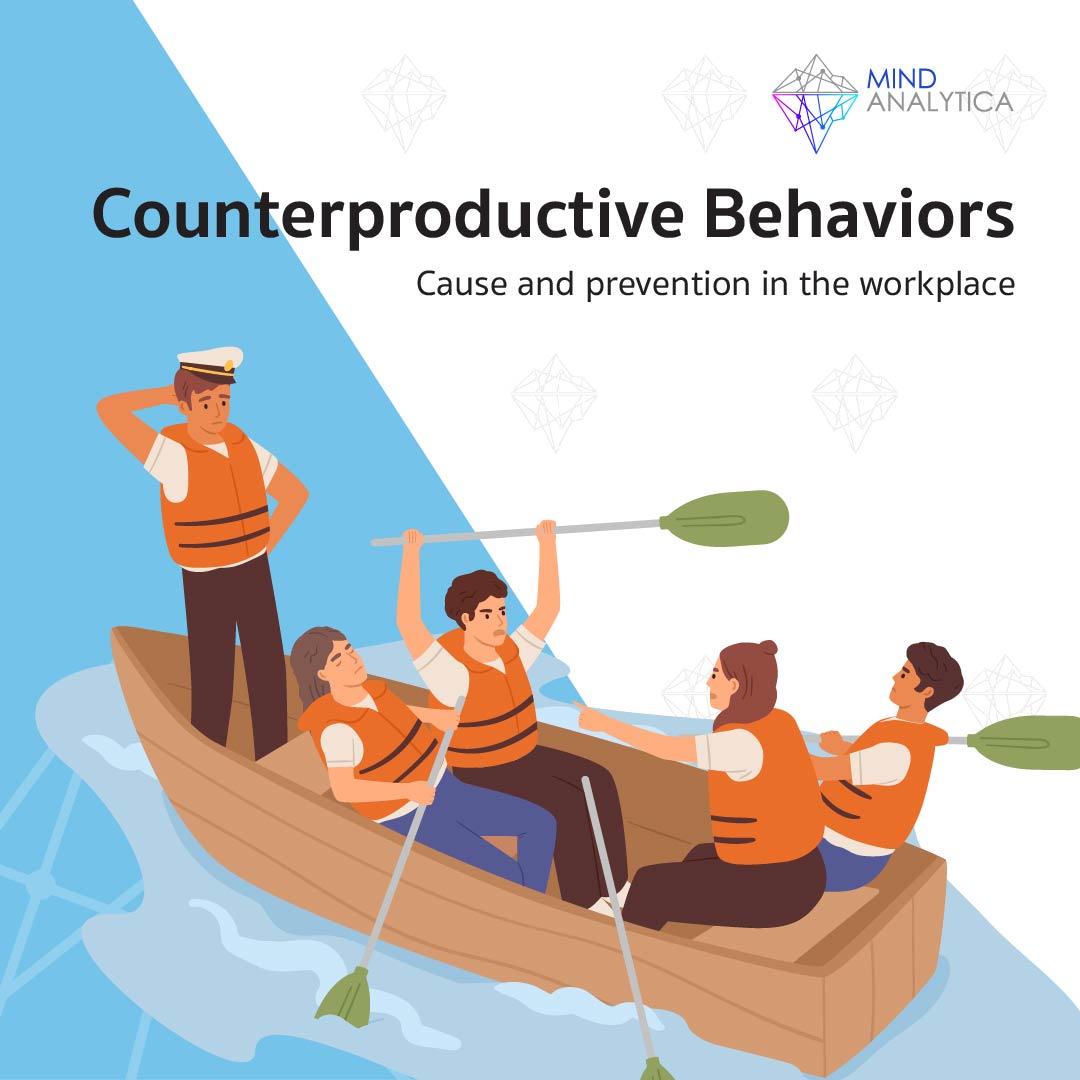Counterproductive Behaviors
14 สิงหาคม 2566 - เวลาอ่าน 3 นาที
Counterproductive behavior in the workplace refers to actions that do not contribute to work productivity and may cause harm to the organization. Examples include loafing, taking work-related items home without permission, tardiness, theft, intentionally delaying tasks, and more. Such behaviors are prevalent across various workplaces, both in the public and private sectors. When considering the potential future consequences of counterproductive behavior on organizational efficiency, leadership, and stakeholders, human resource departments often focus on understanding the causes and preventative measures.
Psychologists specializing in industrial and organizational settings, like Alaybek and colleagues, have examined factors influencing counterproductive behavior in the workplace and categorized these factors into two main types: individual characteristics and decision-making factors.
Individual characteristics involve assessing which personality traits are associated with higher or lower tendencies for counterproductive behavior. It was found that individuals with high levels of conscientiousness, agreeableness, and emotional stability tend to exhibit fewer counterproductive behaviors.
Decision-making approaches, on the other hand, were categorized into five types:
1. Rational Decision-making: Using logical reasoning in decision-making.
2. Avoidant Decision-making: Avoiding making decisions altogether.
3. Spontaneous Decision-making: Making quick decisions without much consideration.
4. Intuitive Decision-making: Using intuition and gut feelings in decision-making.
5. Dependent Decision-making: Relying on others to make decisions.
The results indicated that individuals who make rational decisions tend to engage in fewer counterproductive behaviors. Conversely, those who make avoidant and spontaneous decisions are more likely to engage in such behaviors. However, the use of intuition and dependence on others were not significantly related to counterproductive behaviors. Avoidant decision-making was associated with higher counterproductive behavior due to individuals' tendency to sacrifice personal benefits, which could lead to broader negative consequences for the organization. Spontaneous decision-making, on the other hand, often involves disregarding information and may lead to harm to others.
Factors related to risk perception and social norms were found to significantly influence counterproductive behaviors. For example, individuals with a higher perception of societal norms are more likely to understand which behaviors are acceptable or unacceptable within their group. Those who perceive higher risks associated with risky behaviors tend to engage less in counterproductive behaviors.
Overall, among all the variables examined, risk perception was found to have the strongest relationship with counterproductive behavior. This suggests that strategies to reduce counterproductive behavior in organizations should start by selecting employees with lower risk perception for such behaviors and by raising awareness about the potential negative consequences of counterproductive behavior through strict adherence to regulations.



